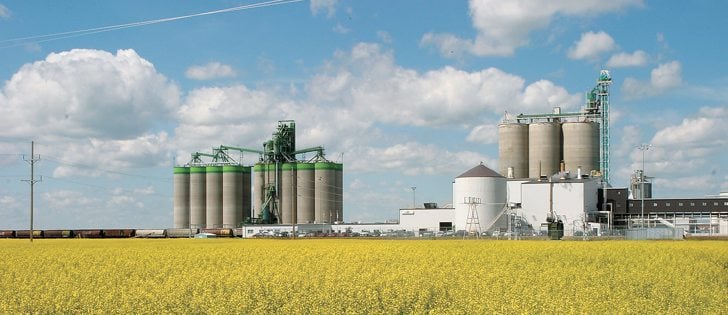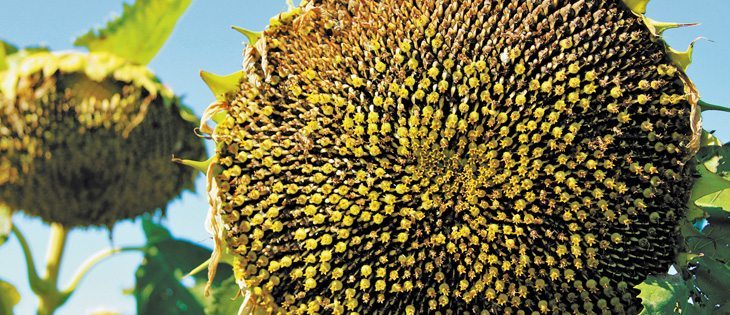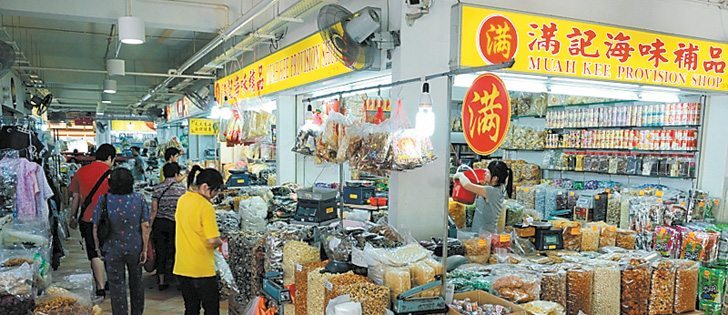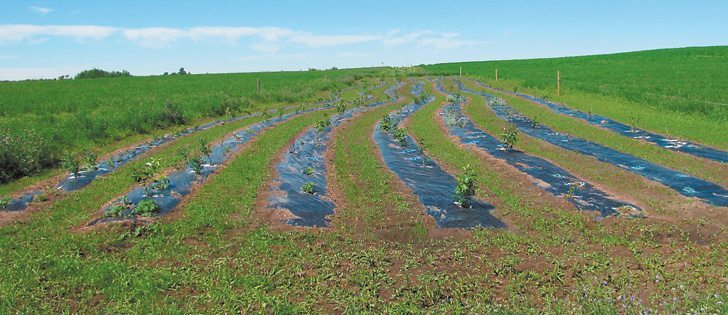China’s voracious growth in imported grain and meat is slowing.
The Chinese already eat lots of grains and oilseeds and as much pork as their richer Asian neighbours, says the commodities analysis team at Barclays Capital.
After strong growth for several years, Chinese imports of crops and meat are likely to grow by only about half the rate of the past five years.
“China’s food consumption is already on a par with more developed Asian nations, both in terms of total calorie intake and consumption of proteins and fat,” said the report, entitled China’s Commodity Intensity — The Dragon’s Appetite is Changing.
Read Also

Working groups established to address challenges in the containerized and bulk movement of commodities
CN is working with the pulse and special crops sector on resolving challenges in shipping those commodities.
Barclays emphasizes it is not predicting commodity demand declines, but just that the heady growth of demand will lessen and become more like that of mature markets.
“These changes are only in relative terms. After all, China will likely remain one of the world’s most dynamic economies,” said the report. “Its investment growth may moderate from past peaks, but it should stay relatively high in a global context.”
The report notes China’s per capita pork consumption is higher than that of South Korea and only marginally below Japan’s, and that per capita calorie intake is above Japan’s and below South Korea’s. It also notes that China’s per capita calorie intake growth rate is slowing, as did that of Japan and South Korea as they moved higher on the industrialization ladder.
South Korea’s per capita calorie intake rate is still growing marginally, but Japan’s has actually fallen for two decades.
Barclays predicts Chinese pork imports will rise by only one percent per year, half the rate for the past five years.
Soybean oil, the closest commodity to canola, is expected to drop from six percent per year to four, and wheat imports will drop from two percent growth per year to one.
China’s booming corn imports, which is a major market story of the past two years, could tail off if the same phenomenon occurs in China as occurred in South Korea: as the country grows richer, the amount of corn used as feed decreases and reverses the earlier trend of steady increases.
This analysis stands in marked contrast to the general optimism about ever-increasing Chinese food demand, particularly more quality and high-cost food like pork and canola oil, as they get richer and as tens of millions of them move from the countryside to the city.
Many say Canada is ideally situated to serve the needs of this growing market, which also has to contend with losing much farmland to urbanization and grave water problems.
The Barclays report argues that because China has already bounded ahead with per capita increases in calories and meat consumption, it probably won’t see the same steady increase in food consumption that characterized the rise of Japan and South Korea in the past.
China’s policies and historically cheap food prices have largely achieved that ahead of the historical norm. Growth from now on will be marginal.
“The consistently higher level of foodstuff consumption compared with other Asian nations when they were at similar income levels per head stands out as an exception to the trends in energy and metals (in which China still consumes less than in neighbouring countries),” says the report.
“The long-run downtrend in the real price of food for most of the past 30 years seems likely to have enabled Chinese consumers to raise their consumption levels of protein and other higher income foodstuffs at lower levels of income than had previously been the case.”















